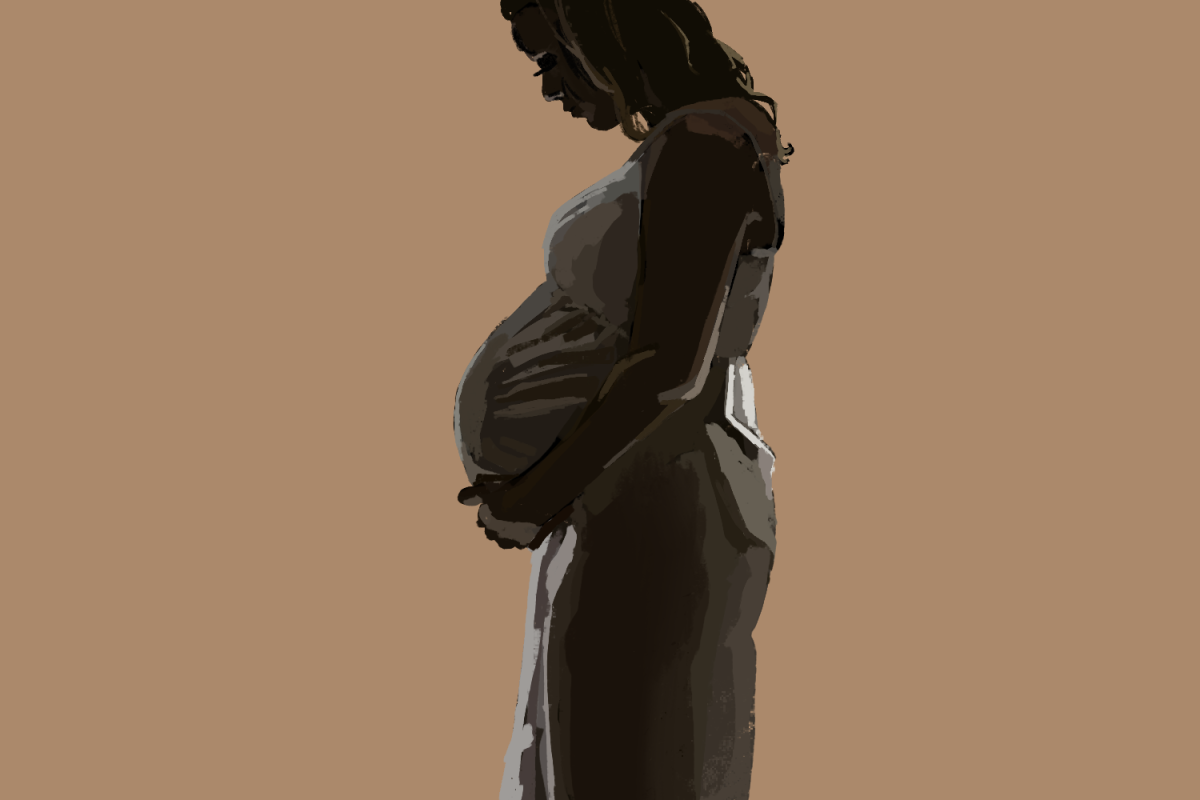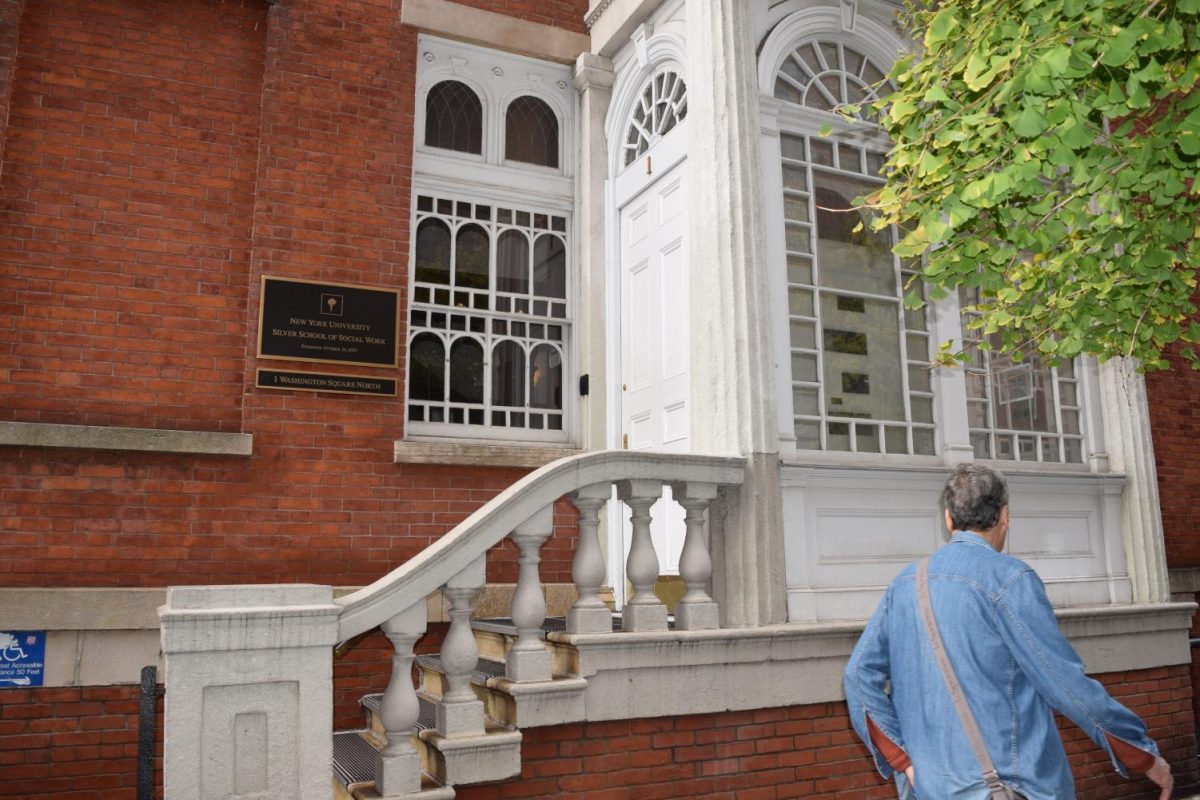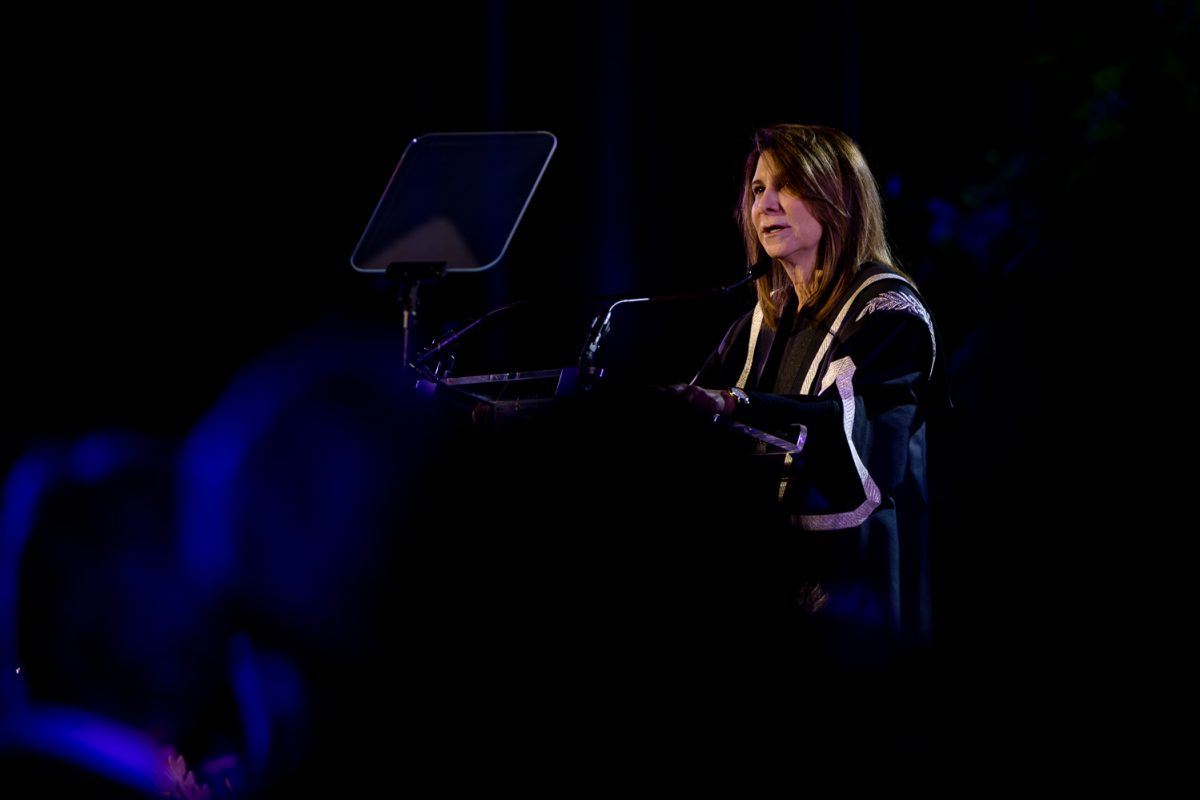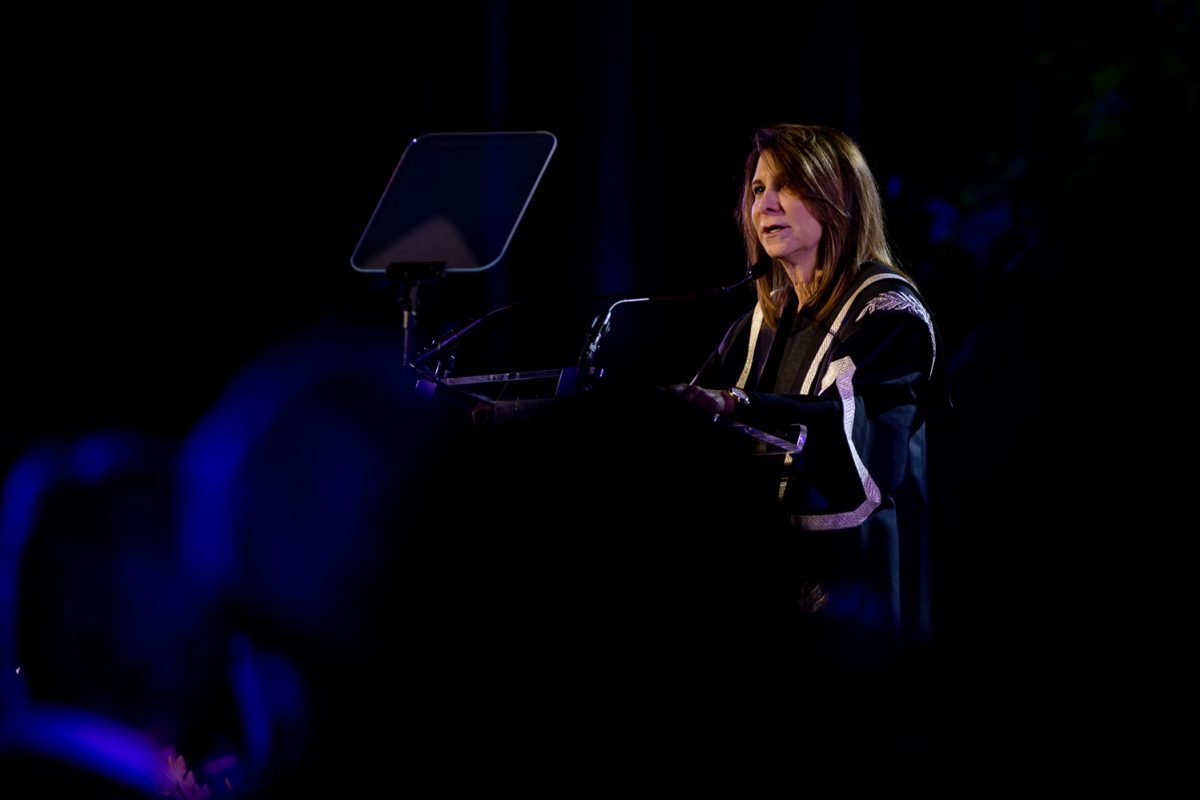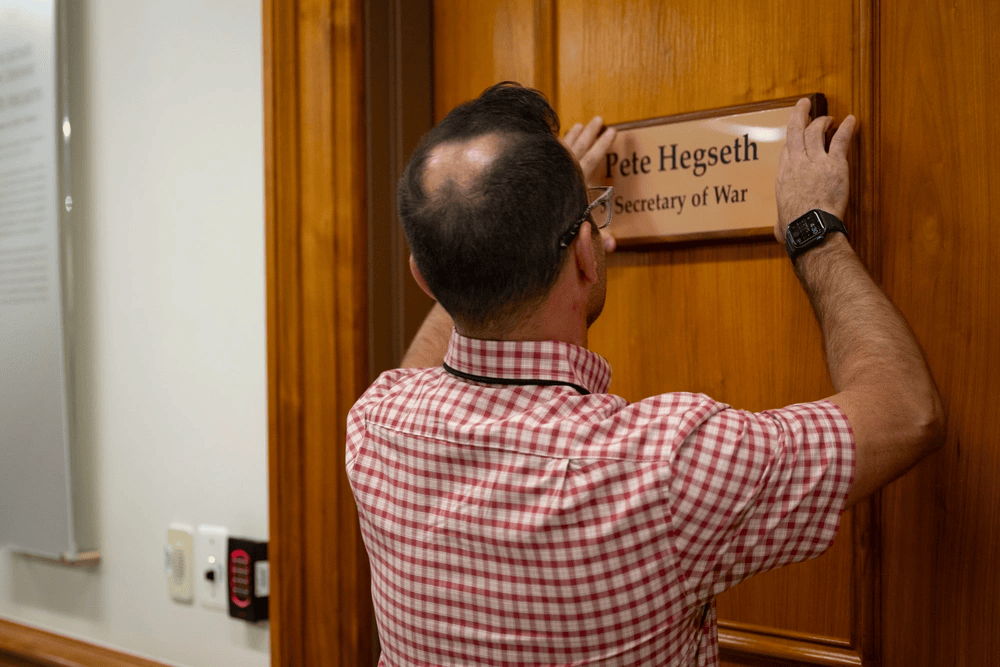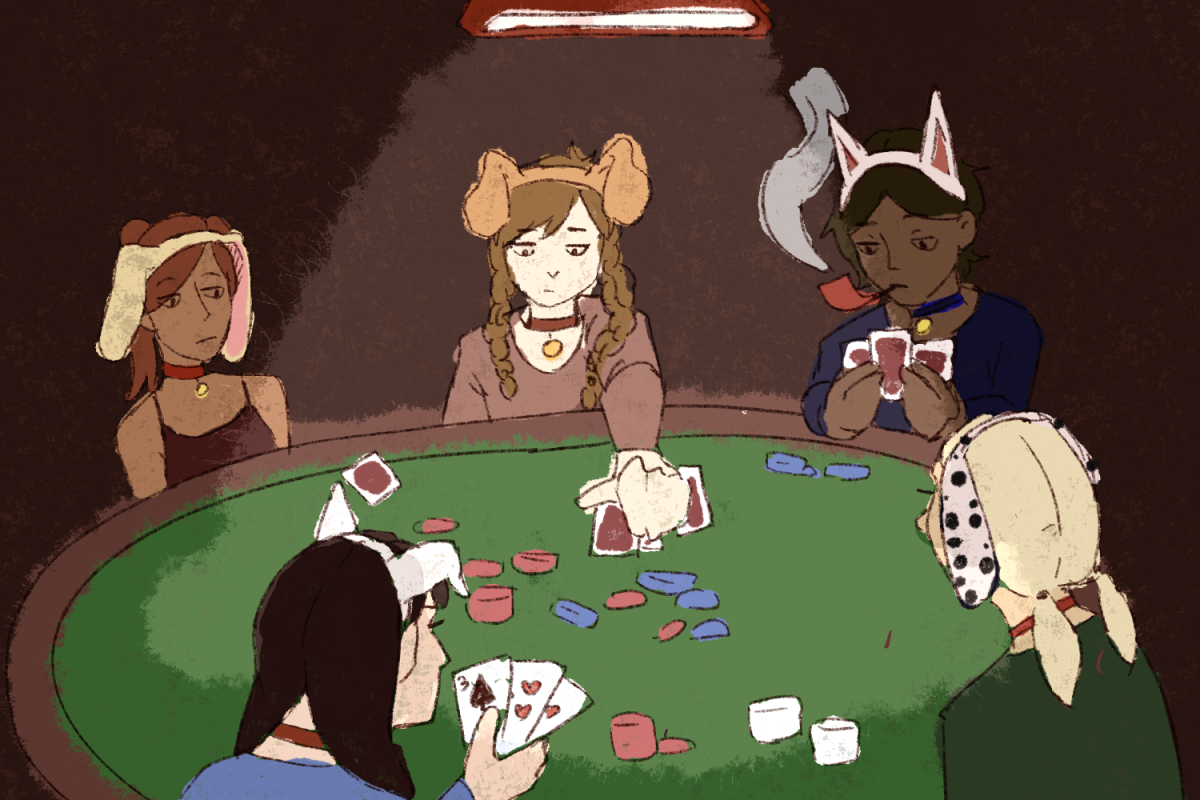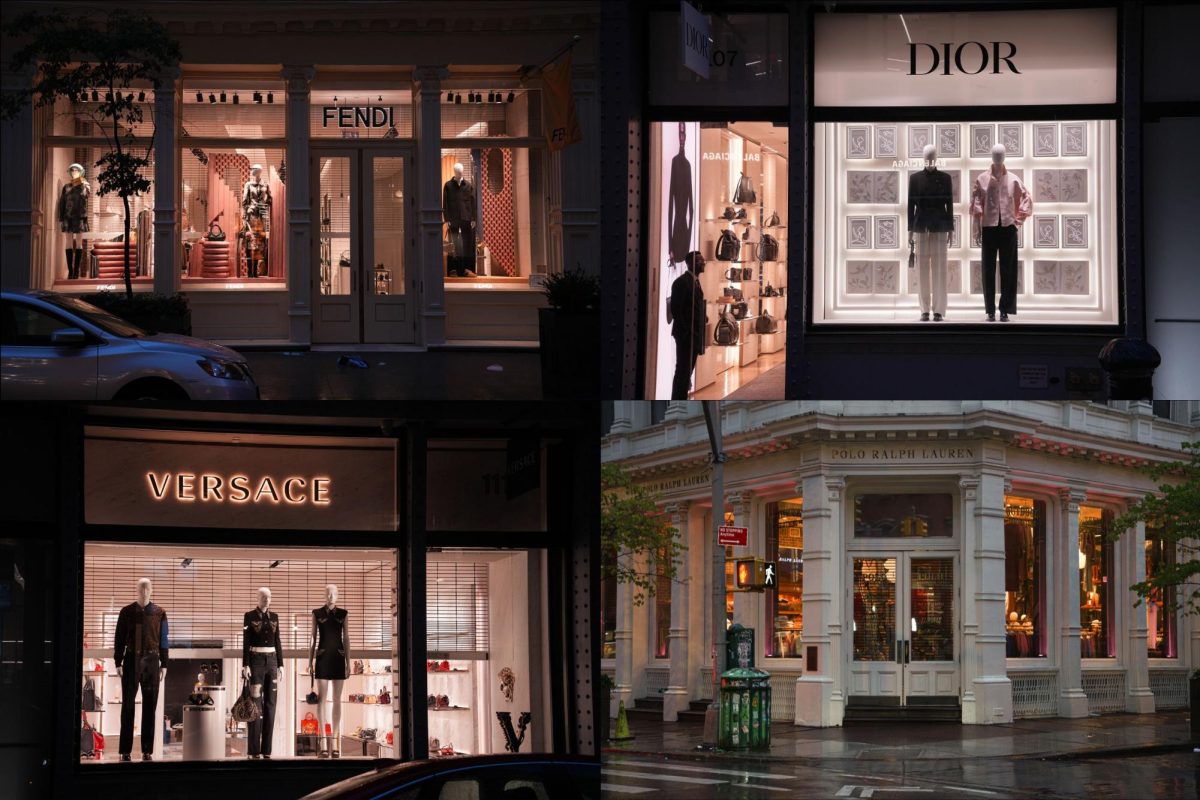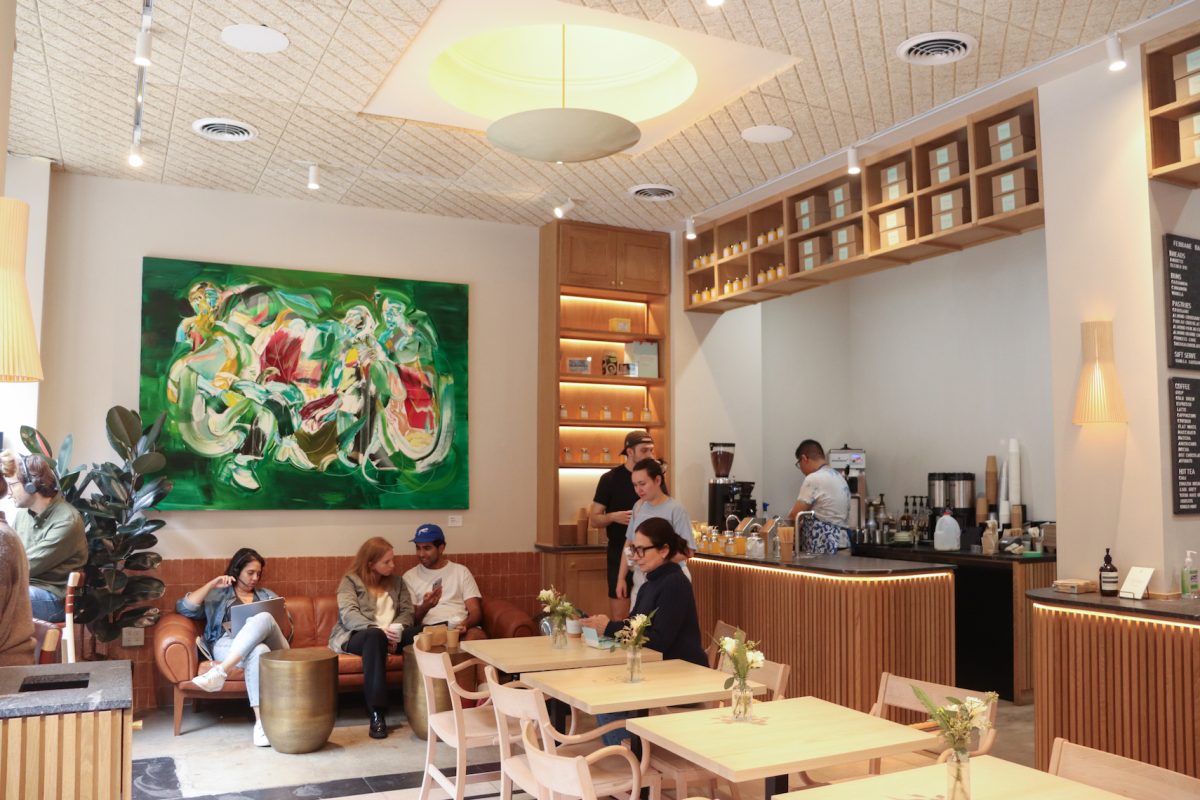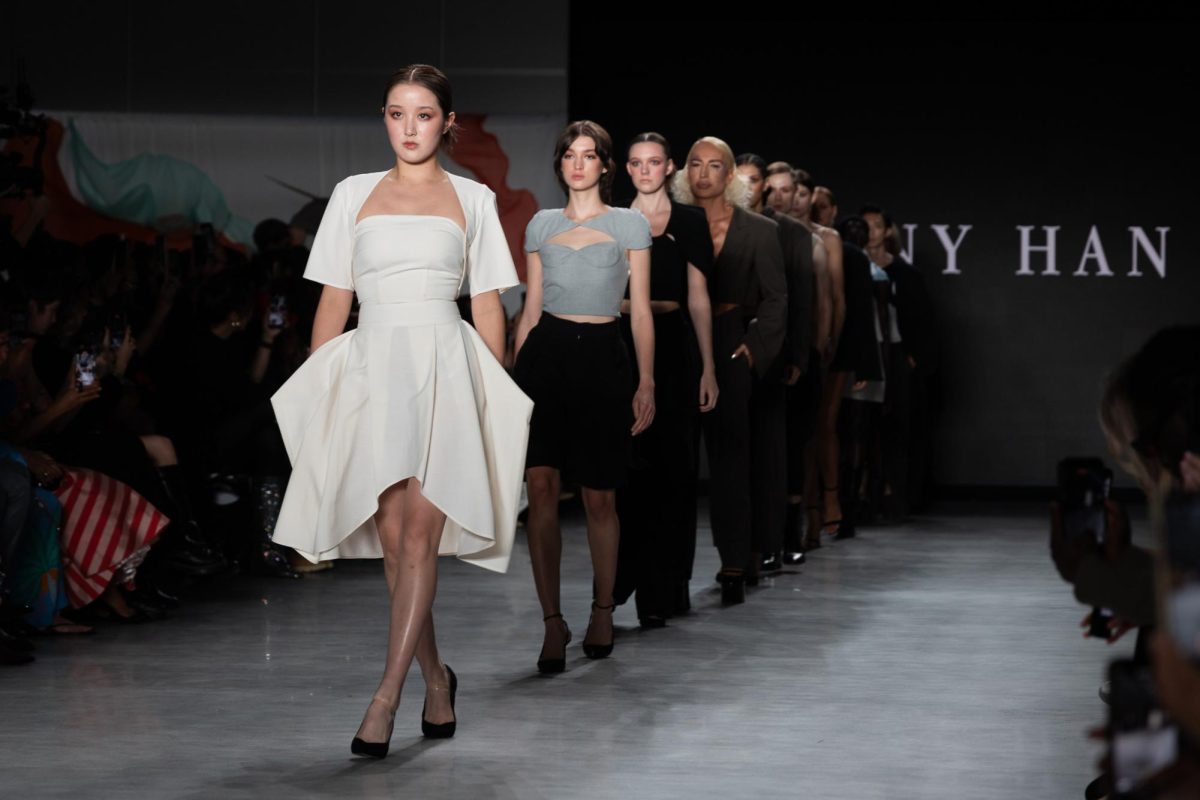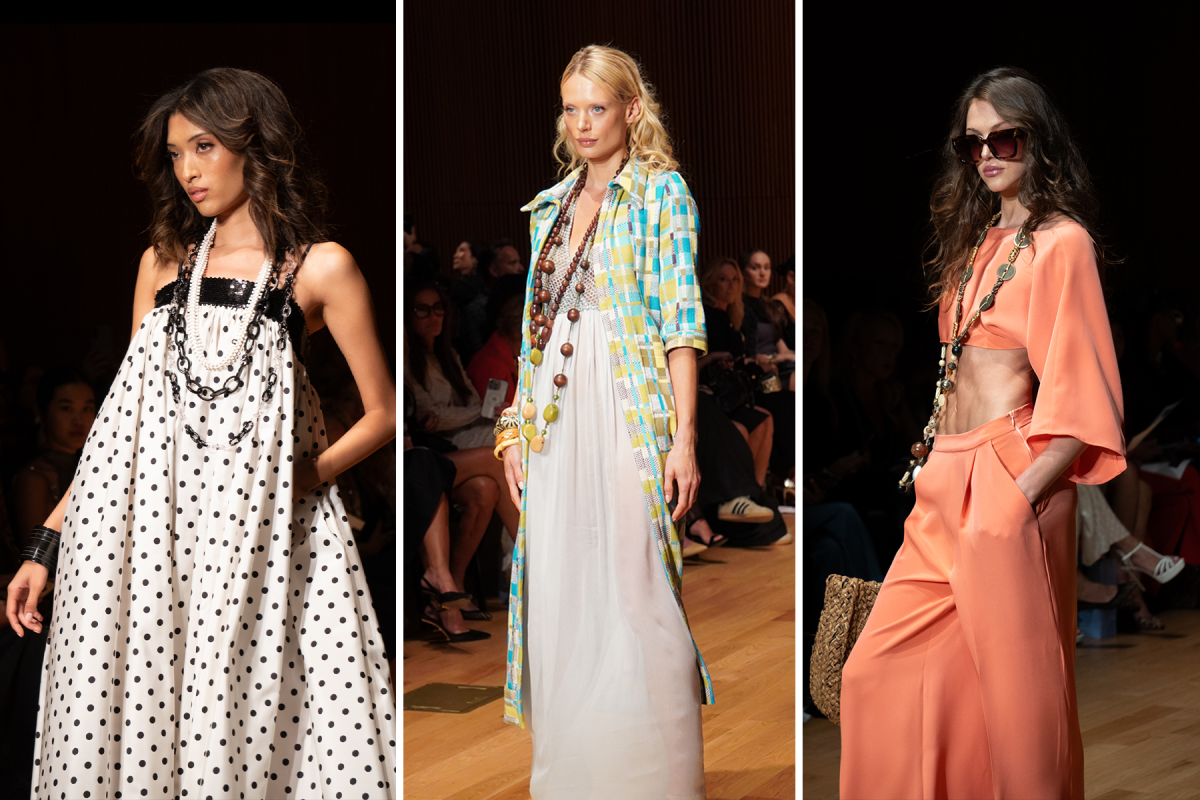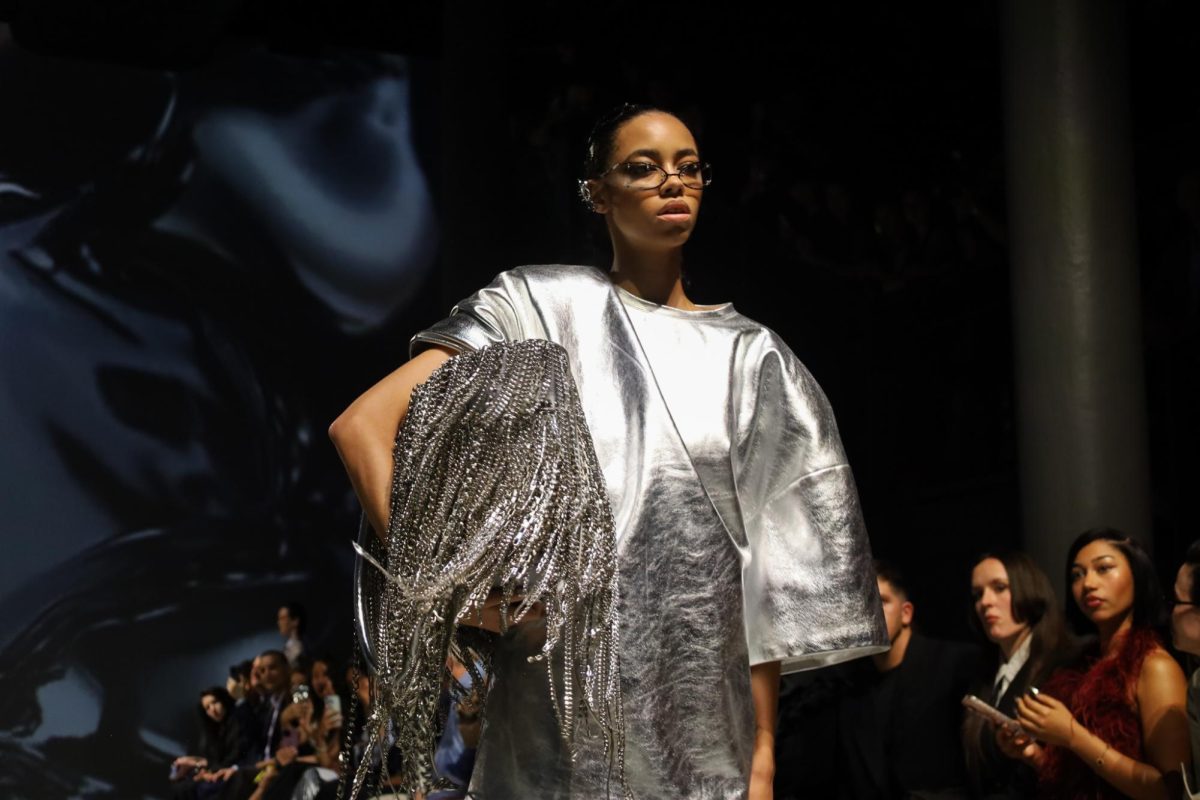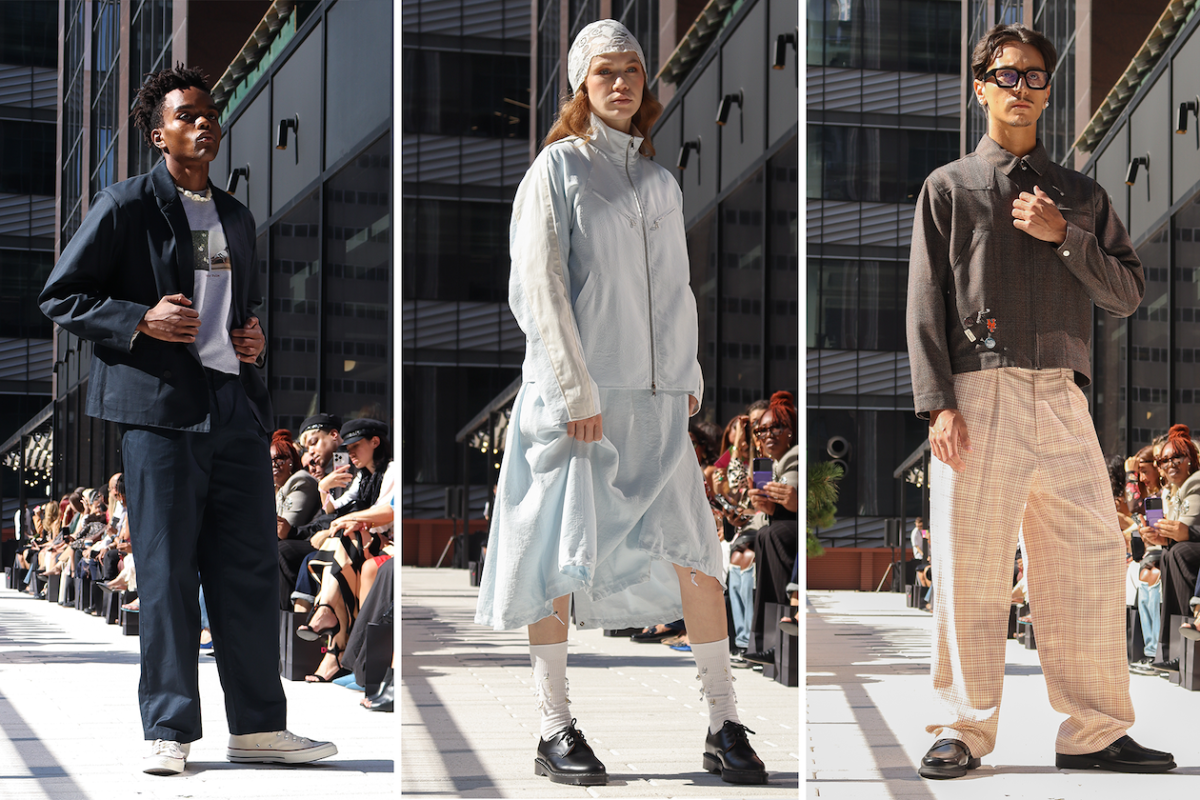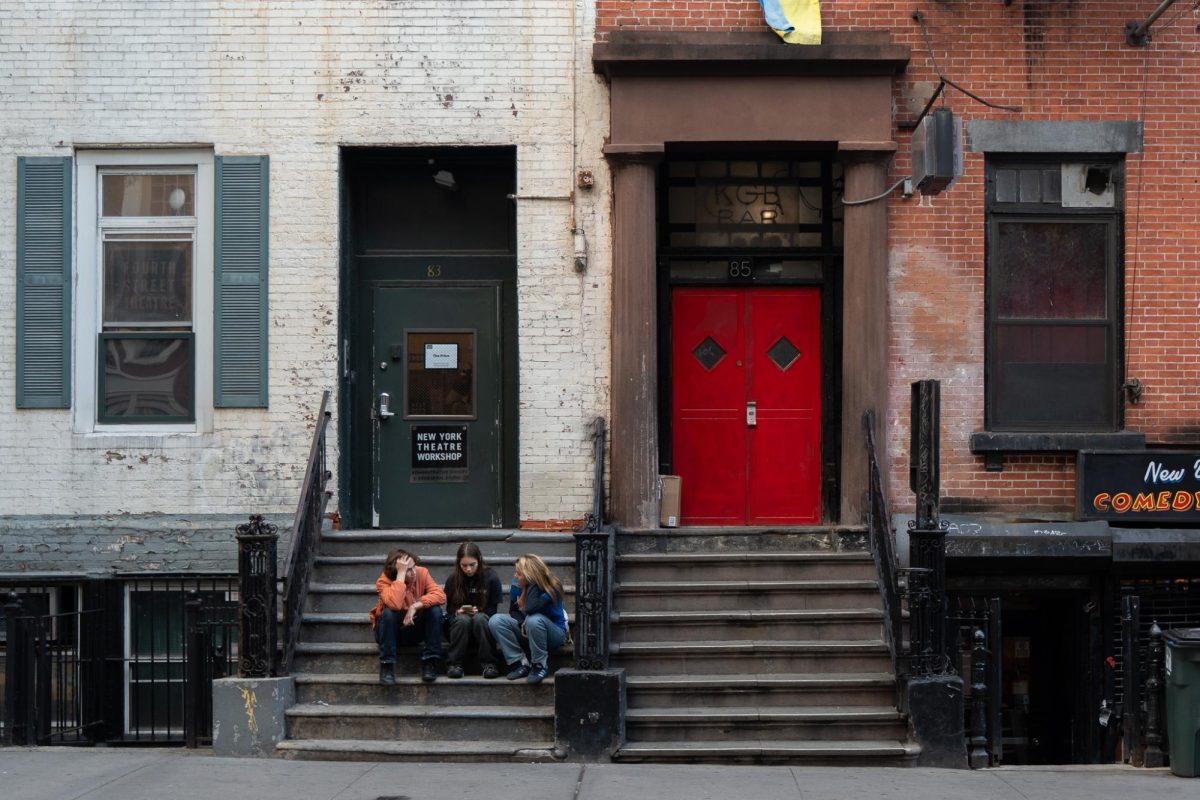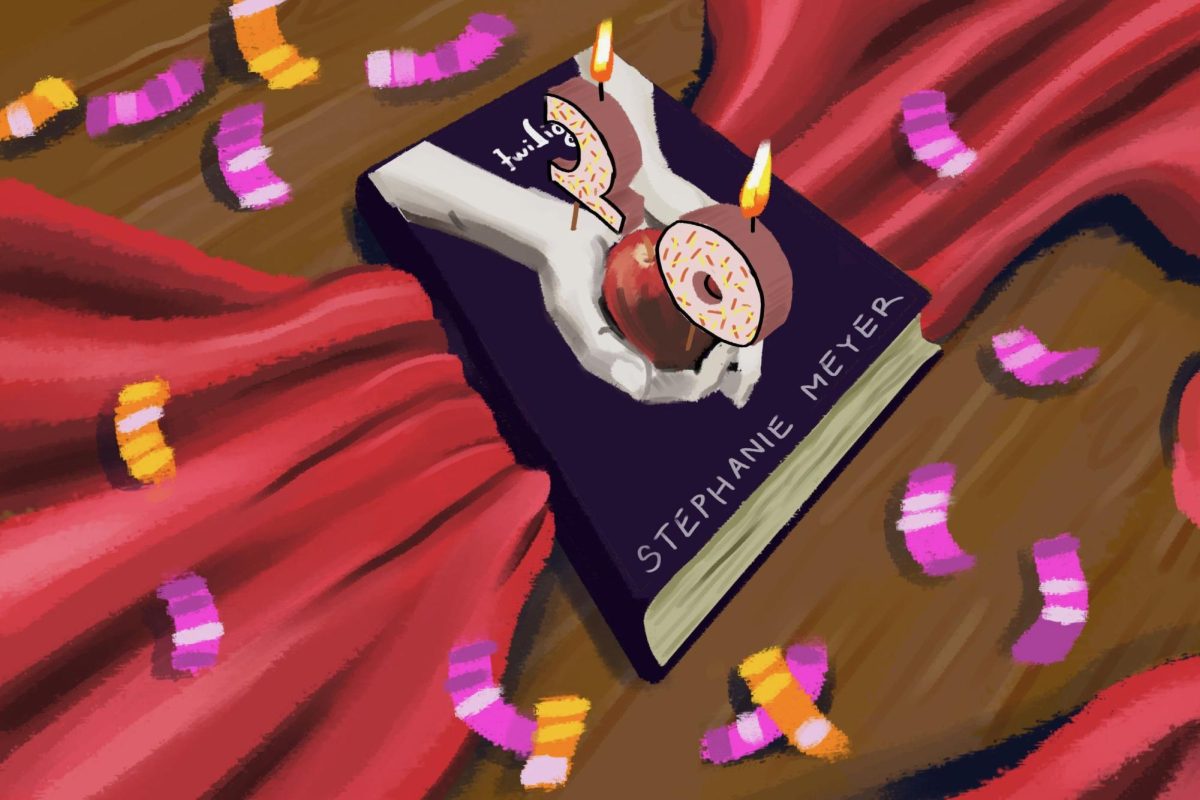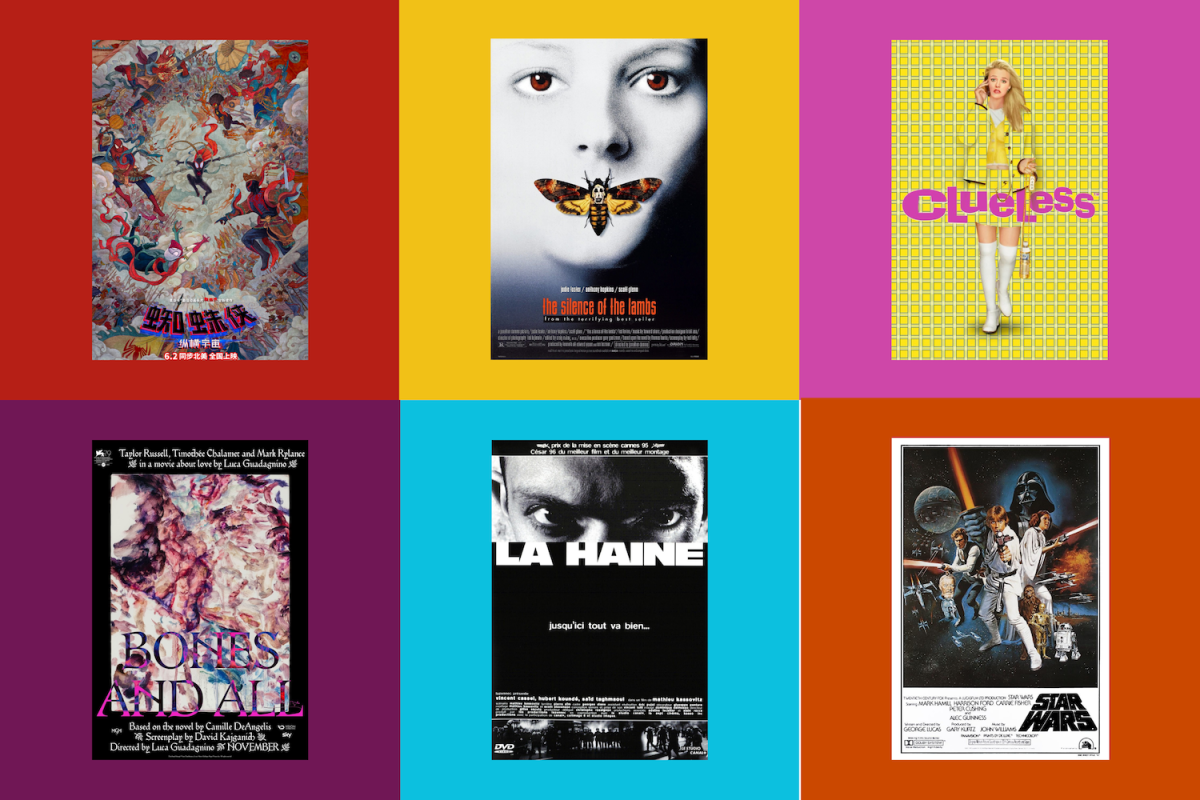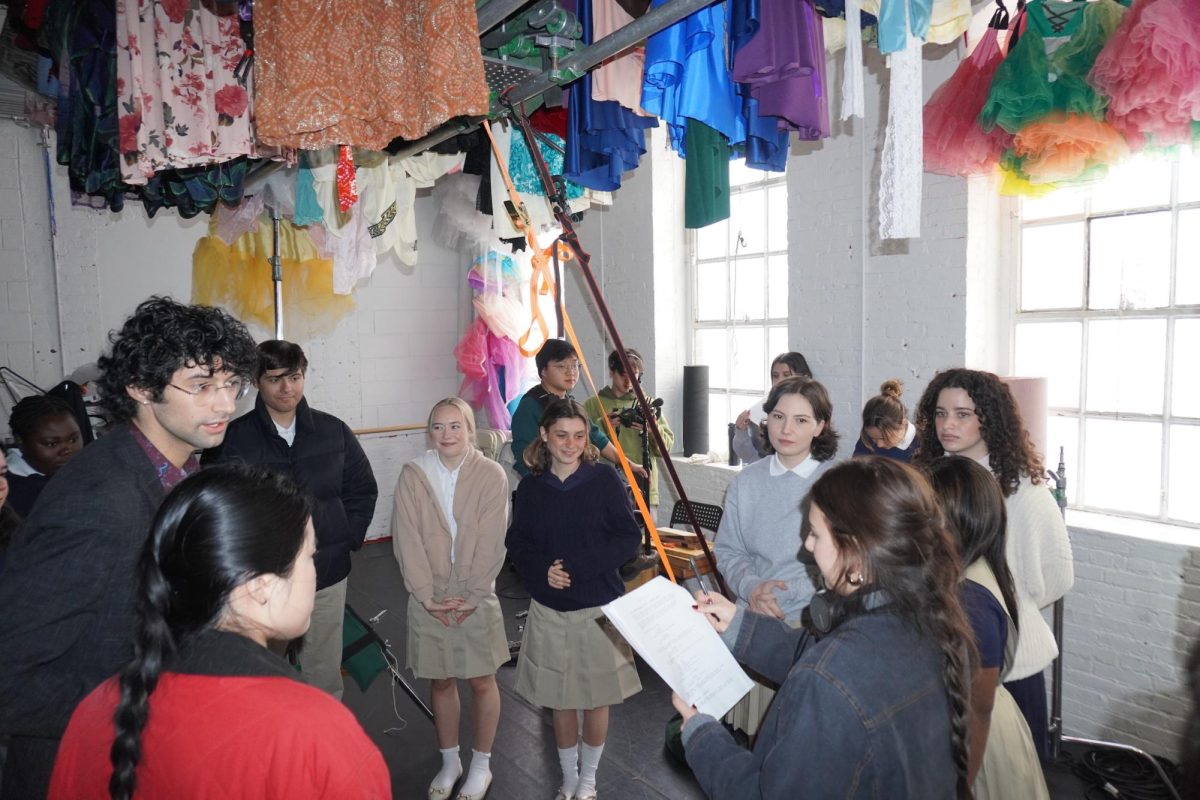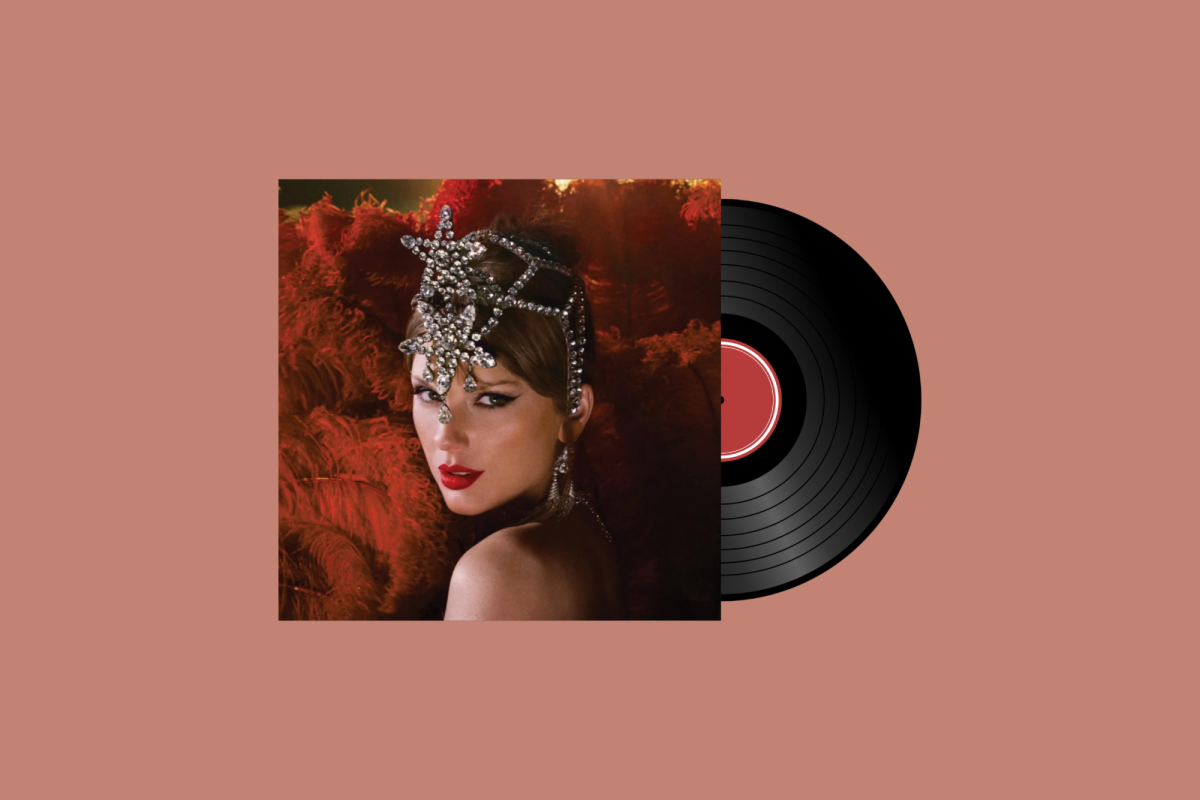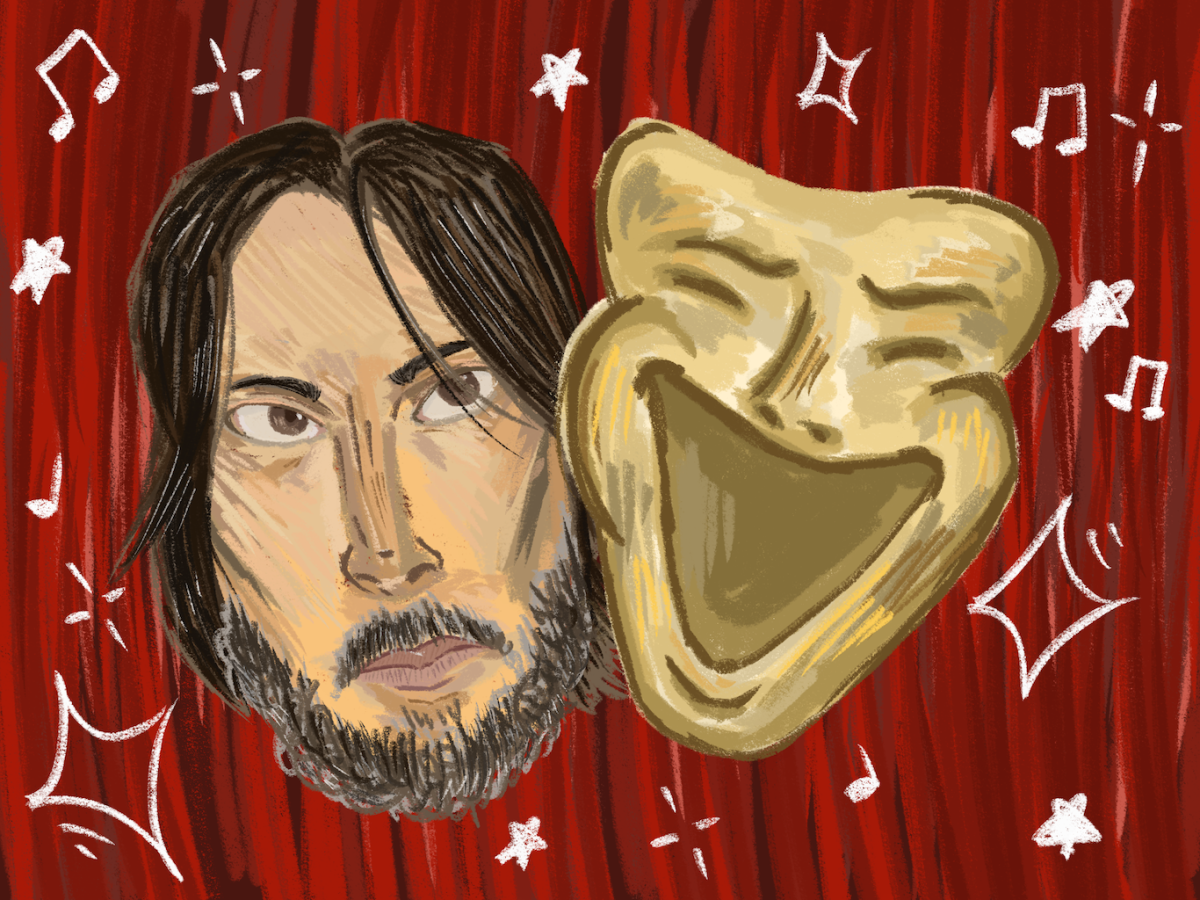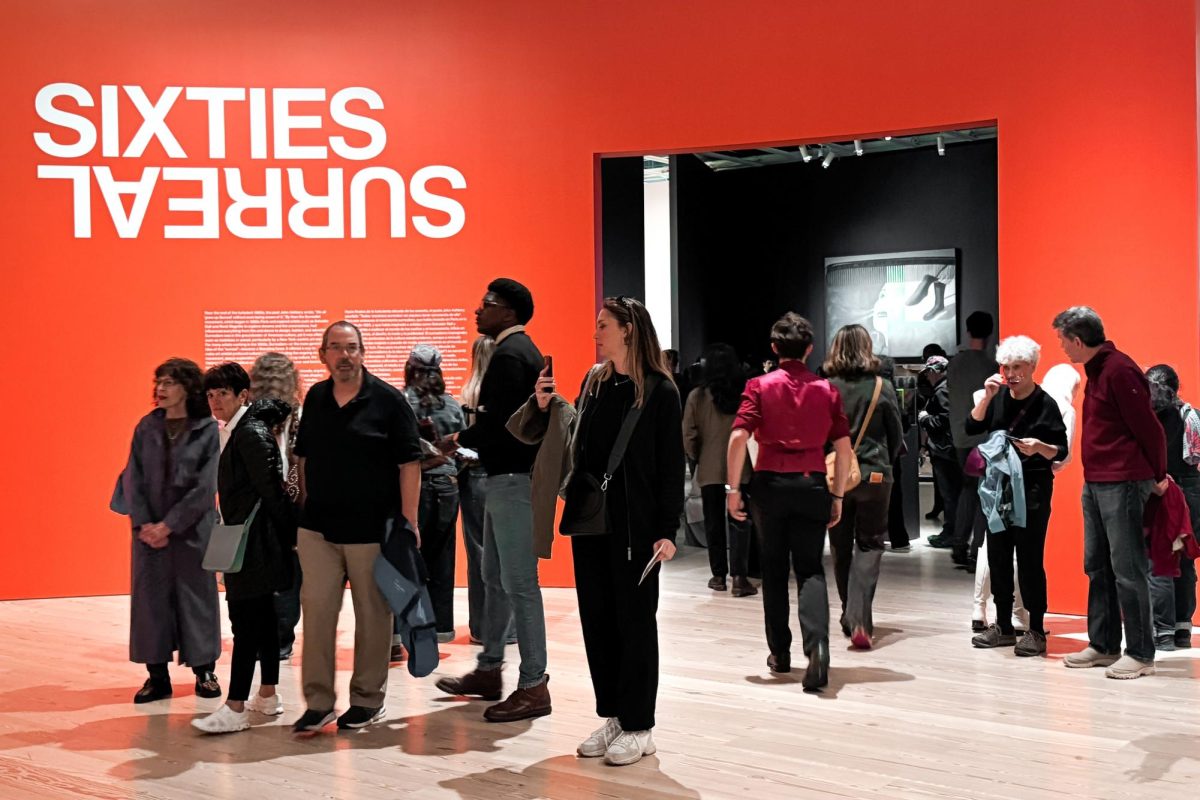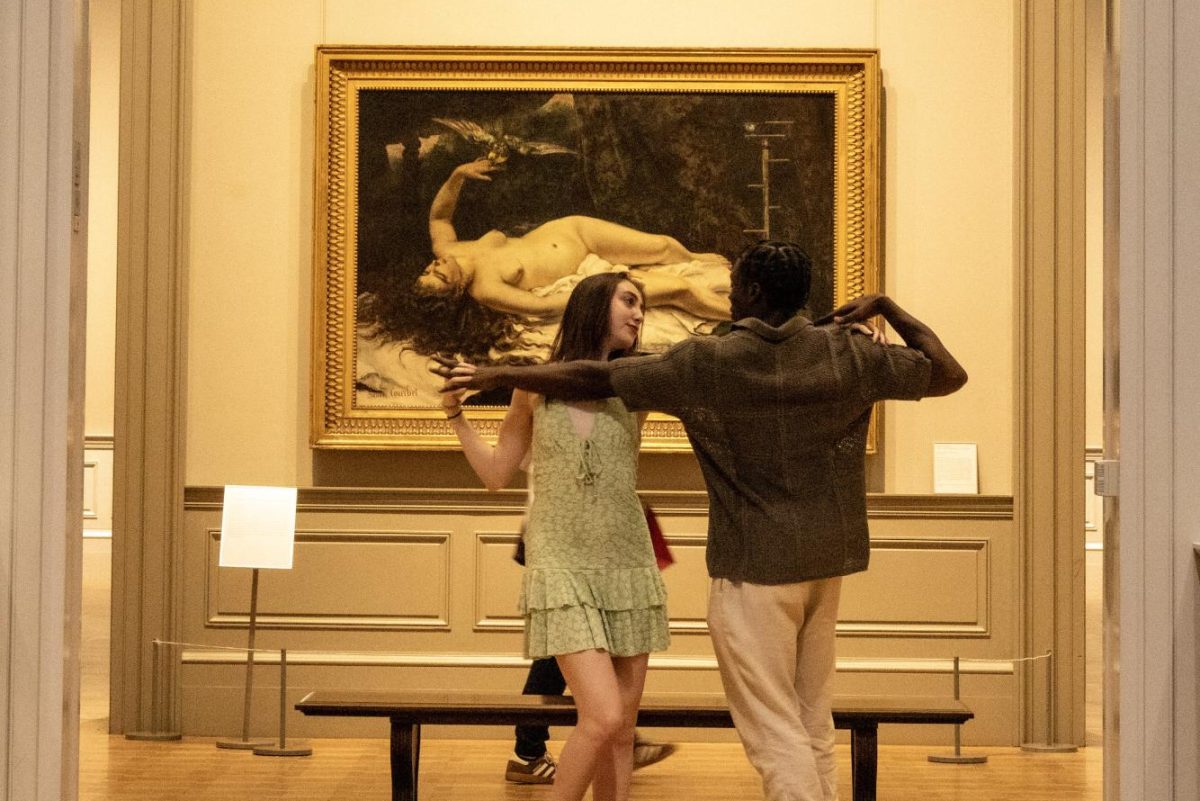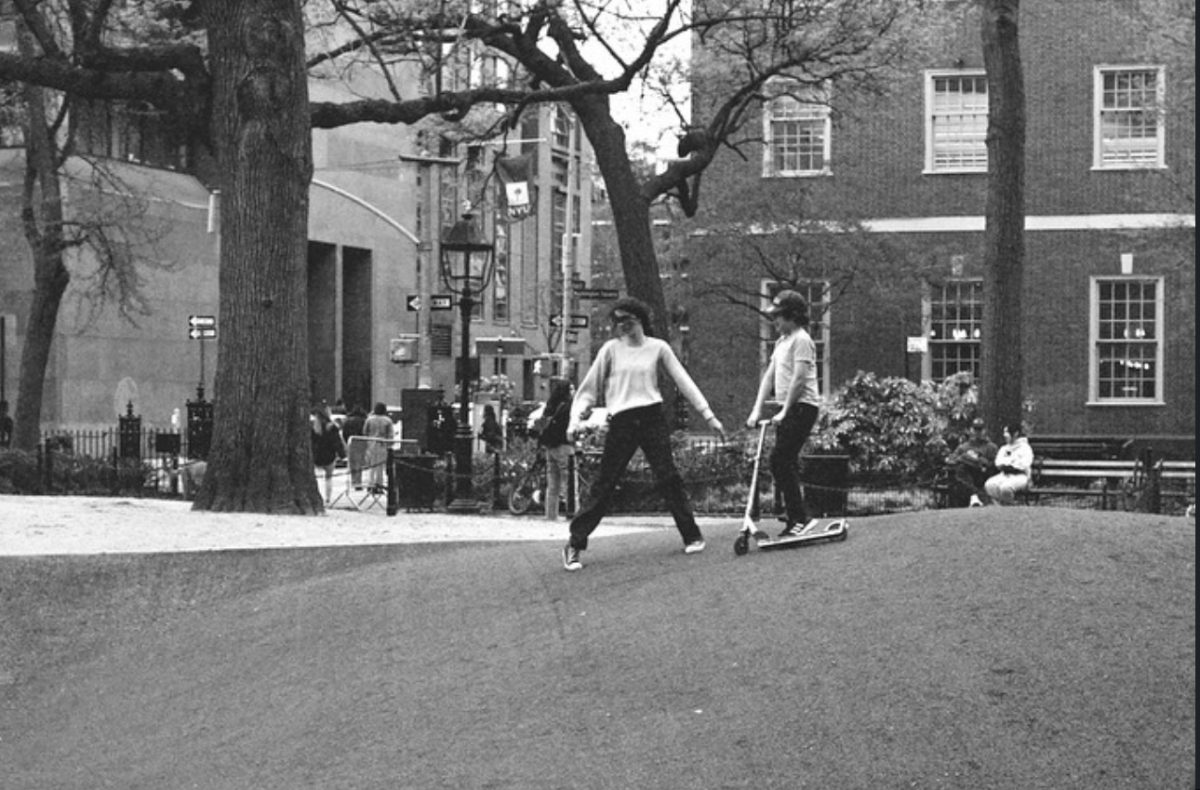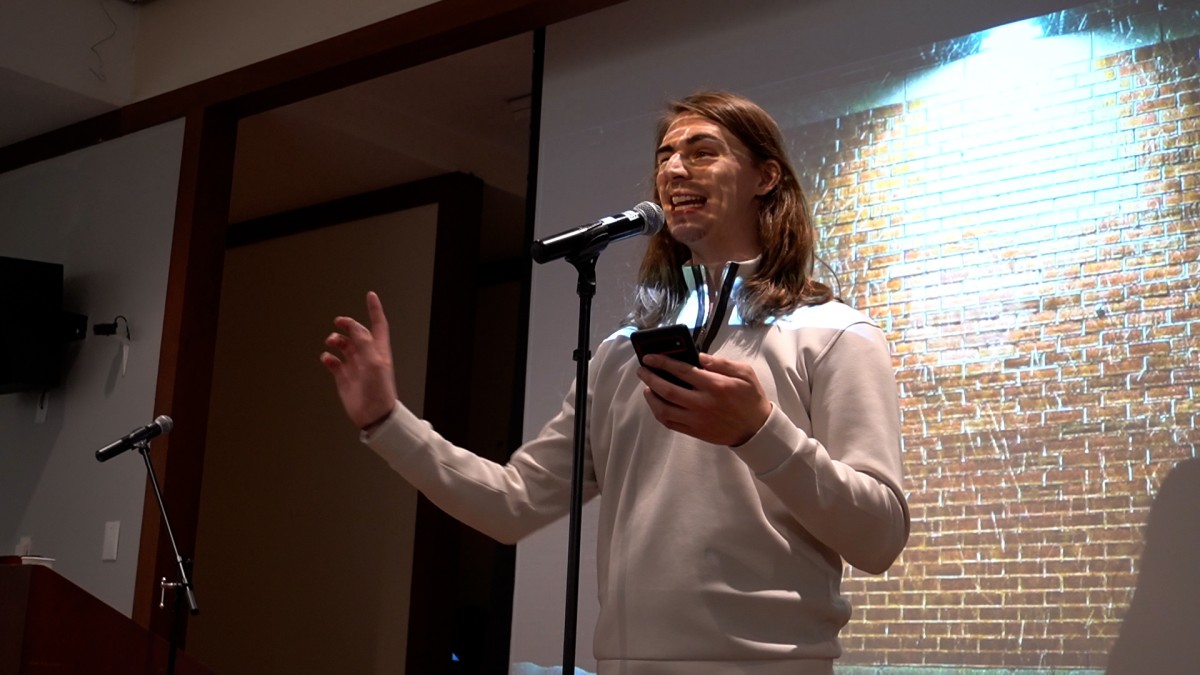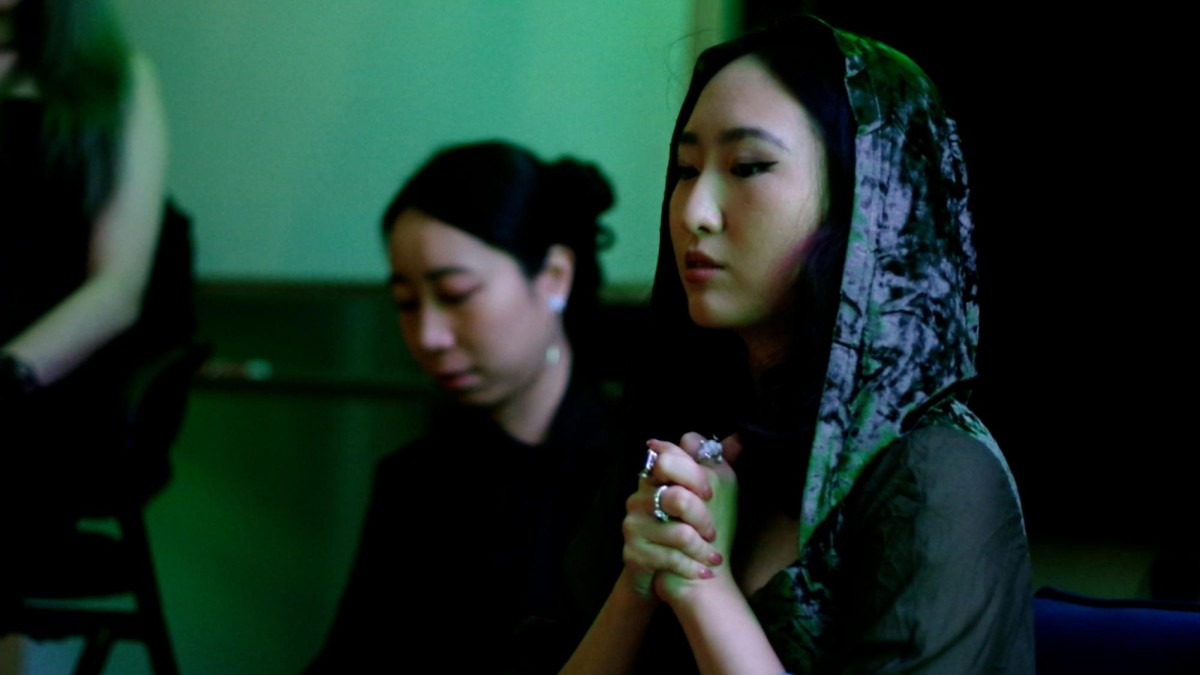In the 19th century, scandal wasn’t found on social media, it was exhibited in art galleries. Artists who broke the rules of representation with new painting techniques or challenged the status quo drew audiences of thousands; John Singer Sargent was one of these pioneers. He had a trained understanding of academic painting, and he knew what rules to break.
When he first arrived in Paris in 1874 as an ambitious 18-year-old, he sought out artist training and studied under the great artists of the time. While training at the École des Beaux-Arts, Sargent became one of the best pupils of French painter and instructor, Carolus-Duran. After traveling across Europe and North Africa, he began to develop his painting style and established his reputation as a modern painter. Currently on display at The Metropolitan Museum of Art, “Sargent & Paris” presents a decade-long collection of Sargent’s work from his arrival in Paris in 1874 to the mid-1880s. This exhibition allows the viewer to take the place of the Parisienne critics who were astounded by Sargent’s paintings when they were first exhibited.
Displaying a whirlwind of movement, “Rehearsal of the Pasdeloup Orchestra at the Cirque d’Hiver,” painted in 1879, is one of the first pieces in the exhibition. Sargent was a lover of multiple artistic mediums, especially orchestral music. This painting presents an aerial view of the Pasdeloup Orchestra giving a public concert. The musicians are arranged in a half circle with their music sheets propped in front of them. Sargent adapted the impressionist style to create this piece. The musicians, instruments and audience blur into each other, and the scene is more of a semblance of a performance rather than a reflective depiction of one. This frenzied blending is perfectly emblematic of the excitement Sargent felt at the concert. His work’s restlessness demands attention, requiring critics to look closer to understand the scene.
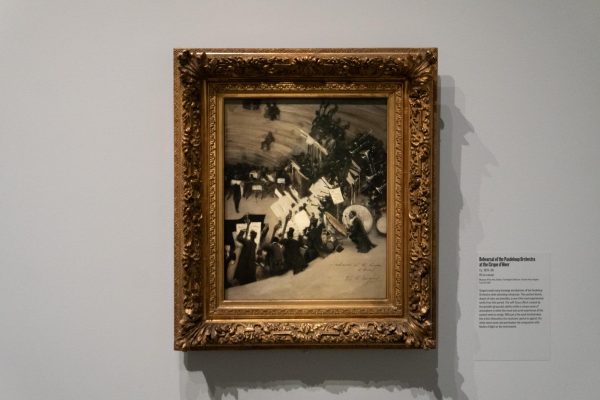
Another piece where Sargent tactfully manipulates his brush strokes is “Fête familiale or The Birthday Party,” painted in 1887. In this piece, Sargent depicts his friends, artist Paul-Albert Besnard, sculptor Charlotte Dubray, and their son, around the dinner table cutting cake. The ruby red walls contrast the white table and overhead light that illuminates the son’s face as he watches his mother cut his cake. At first the scene seems conventional, but as you look closer you notice that the father looming over the table lacks facial features. All he has is the pretense of facial hair. Sargent didn’t simply forget to paint his face — this was a deliberate choice. Besnard almost disappears into the background. This is exemplary of one of the many choices that Sargent took to make individuals linger when confronted with his paintings. Sargent knew that mystery is what got critics’ attention, and it continues to grab viewers’ attention to this day.
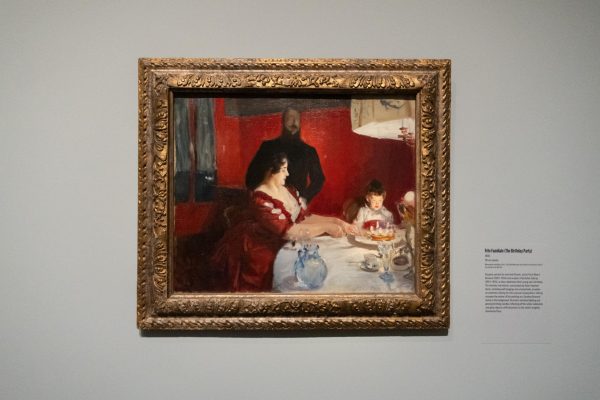
Painted in 1883, “Madame X” was central to Sargent’s career and is central to the exhibition. The almost seven-foot-tall image features a young woman with ivory skin and a fitted black dress, with her head turned to the side. In this portrait, Sargent makes references to art history by posing his subject like a Roman or Greek goddess. While this image seems ordinary for contemporary audiences, “Madame X” was a scandal the first time it was exhibited. The portrait features Virginie Amélie Avegno Gautreau, a Parisian socialite known for her beauty, and critics saw this portrait as a scandalous indulgence of her vanity, critiquing her heavy makeup and lack of eye contact with the viewer. No matter how loud the critiques roared, Sargent stood by his work. The fact that this portrait is the central feature of this exhibition is representative of Sargent’s control over the brush.
Just as viewers leave Paris and come back to New York City, this exhibition’s final crescendo encourages participation. Visitors are asked to share opinions in the same way gossiping critics did when they encountered the scandal of Sargent’s “Madame X,” and can express their opinions, sketch or reflect on small note cards. They are invited to sit at a table to write these cards before displaying them on a shelf that lines the wall. Public opinion is crucial to an artist’s career and, as seen with “Madame X,” this opinion is never fixed. In one decade an artwork might appear to be career-ending, just for it to be celebrated as their greatest accomplishment in the next.
Sargent didn’t want his paintings to be passively observed. He wanted viewers to look close and see each detail, truly experiencing the emotive effect of his manipulation of the canvas. His academic training taught him the conventions of mimetic portraiture, but he didn’t simply adopt these formulas, he made them his own. Interestingly, this makes his subjects feel more genuine. Sargent’s work reflects more about his audience than it does his talent. His paintings stirred controversy and challenged the societal expectations of his time. What we really desire is authentic imperfections, not an overly perfected facade.
“Sargent & Paris” is on display at The Met through Aug. 3. Admission is pay-what-you-wish for NYU students with ID.
Contact Siobhán Minerva at [email protected].

